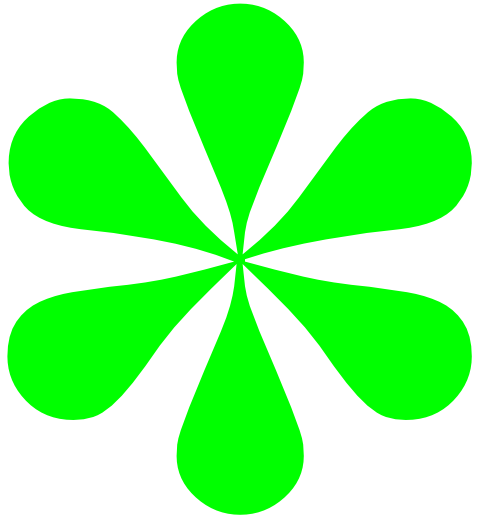JANINE SCHRANZ
MULTIMEDIA ARTIS
To see, to glimpse,
to look, to consider;
it is indeed a matter of framing. Consequently
the frame offers
mediation
between the interior
and the exterior,
the public
and private,
the
manifest
and hidden.“
![]()
Georges Teyssot

#ARCHITECTURE #BODY #LANGUAGE #INSTALLATION #PHOTOGRAPHY #SPACE
BIO. Janine Schranz (*1985, Switzerland) is a visual artist and photographer currently living in Vienna (AT). She studied photography (Zurich University of the Arts, Switzerland) and transdisciplinary arts (University of Applied Arts, Vienna). Janine Schranz is working at the intersection of photography and architecture – questioning techniques of inclusion and
exclusion within a given architecture or within the image field. Labor conditions, recording processes and the exhibition context play equal roles as working materials. In its essence, she understands photography as a time-based medium and puts bodily-spatial experiences in relation to visual perception.




migrating waves from different centers (as on the surface of a pond) can pass
through one another without conflict, adding themselves to one another as they pass (2022)
Ceramic pigments screen printed on glass, ø 48 cm
The exhibition “Blend Together” by Janine Schranz and Daniela Zeilinger, presented at Mz* Baltazar’s Laboratory as part of Foto Wien 2022, follows on thematically from the joint exhibition “Passepartout”, on view at hoast in Vienna in 2021. Whereas last year’s attention was focused on processes of selecting, cropping and fading out, thistime the focus is on situations of transparency and blending. While at hoast the focus was on techniques of inclusion and exclusion within a given architecture or within the
image field, the exhibition at Mz* Baltazar’s examines possibilities of communication between inside and outside, from artwork to artwork, and between real space and image space.




Photos: ©Janine Schranz
And it is there, halfway through the interior, that the woman appears in the screen (2021)
Photoemulsion coated on glass, framed, 28,5 x 19 cm
The sentences that can be read in Janine Schranz‘s „And it is there, halfway through the interior, that the woman appears in the screen“, are taken from a text by architectural theorist Beatriz Colomina on the politics of the gaze in Adolf Loos and Le Corbusier. The passage Schranz selected is about the film L‘Architecture d‘aujourd‘hui (1929, directed by Pierre Chenal with Le Corbusier). In it, Colomina describes how the camera follows a woman moving through Le Corbusier‘s Villa Savoye. Her body is always seen fragmented, from behind – framed not only by the frame of the camera, but also by the
architecture of the house itself. Schranz does not simply extract a continuous passage from the textual fabric. She cuts out individual parts, isolates them from one another, and photographs them individually on specially coated glass plates. By framing the works, an additional boundary is drawn in, which has an effect both outwardly and inwardly.





Photos: ©Janine Schranz
Video: © Stephan Blumenschein (edit), Arthur Summereder (camera)
Moving across and through, evening gaze (2020)
Exhibition space, platform,
preprogrammed motors, darkening foil, C-Print with passepartout, framed
“Moving across and through, evening gaze” – an exhibition by Stephan Blumenschein and Janine Schranz, extended with an artistic position by Maike Hemmers points to the architectural openings of the exhibition space as meaningful operators. Referring to Albrecht Dürer‘s Thürlein, an instrument Dürer used to determine the (central) perspective in his paintings, this installation indicates how the
architecture of any space also functions as a framing device. The work however remains in a perpetual state of coming into being. The space as an apparatus that determines perception fluctuates, because the doors and the lighting stay in constant motion. By shifting the set-up of its architectural details - the doors, the lighting, the steps to enter – the parameters this room is composed of are disorientated. Thealterations then (de-) construct the perception of the exhibition space to an unfixed sequence of images.
